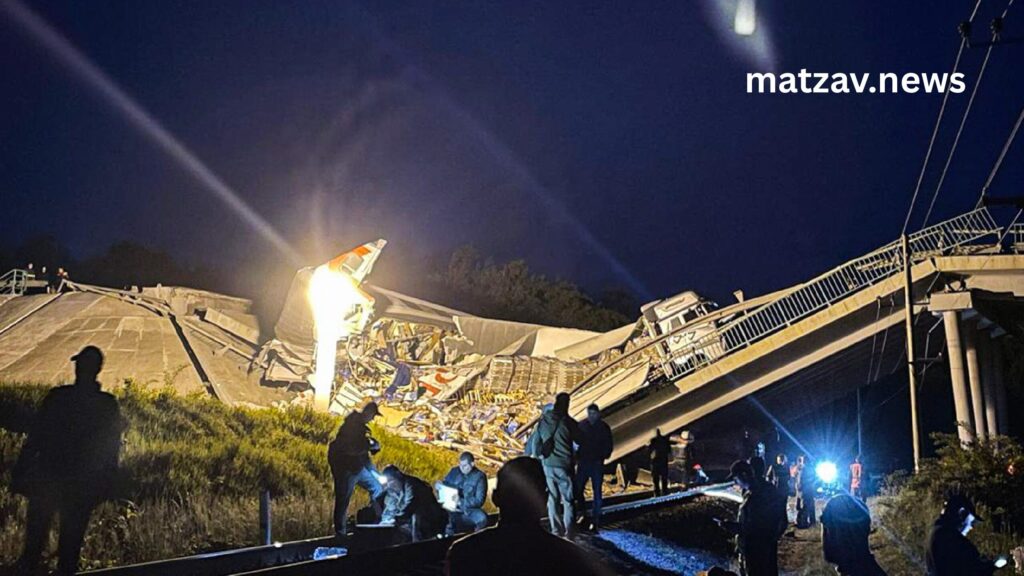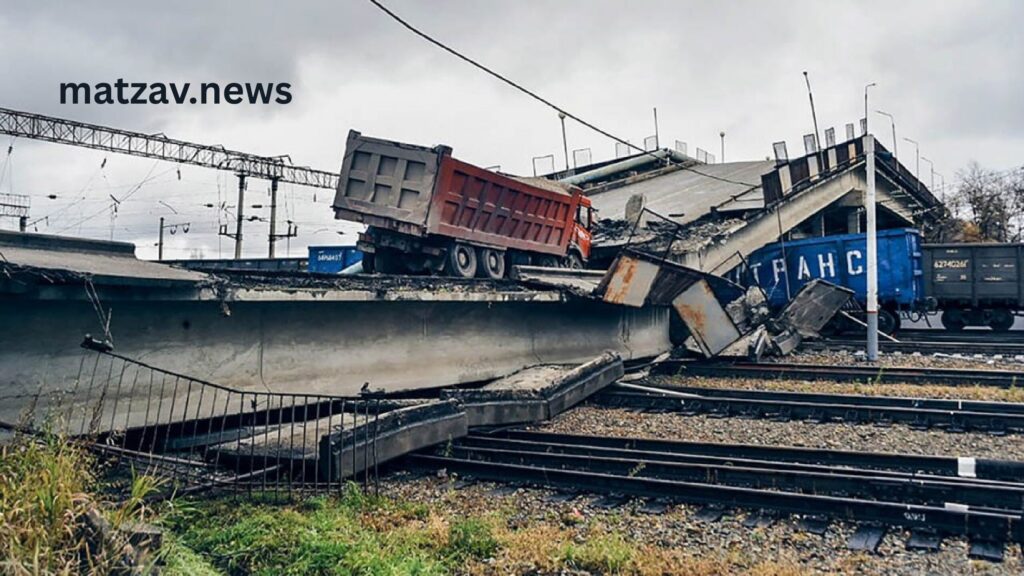Tragedy struck near the Ukraine border as two Russian bridges unexpectedly collapsed, resulting in seven confirmed fatalities. The incidents occurred within proximity, raising concerns about the structural integrity and safety measures of critical infrastructure in the region. Authorities have launched investigations to determine the causes and assess the full extent of the damage.
The collapses not only led to tragic loss of life but also disrupted local transportation and supply routes, complicating an already tense geopolitical situation. The bridges served as vital links for civilian and military movement, making the events a significant development with broad implications for the area’s stability and logistics.
Details of the Bridge Collapses
Locations and circumstances of the collapses
The two bridges collapsed in different regions near the Russia-Ukraine border, both of which are key transit points for the movement of goods and people. Early reports suggest that structural failures may be linked to aging infrastructure or recent damage from regional conflicts.
Read More: https://matzav.news/tax-bill-gives-trump-the-power-to-hit-back-on-digital-taxes/
Immediate response and rescue efforts
Emergency teams were quickly deployed to the sites, conducting search and rescue operations. Despite efforts, seven individuals lost their lives, and several others remain missing or injured. Local authorities have urged caution and are working to secure the surrounding areas.
Impact on Transportation and Logistics

Disruption of civilian and military transit
The collapsed bridges were crucial for road traffic and military logistics, as they facilitated the movement of supplies and personnel. Their sudden loss has forced rerouting through longer, less efficient paths, resulting in increased transit times and operational challenges.
Economic and supply chain consequences
The incidents have triggered delays in supply chains, affecting local businesses and broader economic activities. With damaged infrastructure, the cost of transport rises, impacting prices and availability of goods in the affected regions.
Possible Causes and Investigation
Structural integrity concerns
Preliminary analysis points to potential weaknesses in the bridges’ design or maintenance. Both structures may have suffered from neglect or damage due to the ongoing conflict, which has compromised their stability.
Role of regional conflict and sabotage claims
Given the proximity to conflict zones, there are speculations about sabotage or deliberate attacks. Investigations aim to verify these claims alongside natural degradation and accidental causes.
Regional and Geopolitical Implications

Heightened tensions between Russia and Ukraine
The incidents add a layer of complexity to an already fraught relationship between Russia and Ukraine. Infrastructure damage in contested areas can escalate tensions and affect diplomatic efforts.
Impact on civilian populations
Communities dependent on these routes face isolation and limited access to essential services. The humanitarian impact includes difficulties in healthcare delivery, food supply, and emergency response.
Repair and Recovery Efforts
Government and local authority actions
Russian authorities have announced plans to comprehensively assess the damage and initiate reconstruction. Emergency funding and resources are being allocated to expedite recovery.
Long-term infrastructure resilience plans
Experts emphasize the need for thorough infrastructure audits and modernization programs to prevent future collapses. Strengthening bridges in conflict zones remains a priority for ensuring safety and connectivity.

Frequently Asked Questions
Where did the bridge collapses occur?
Two bridges collapsed near the Russia-Ukraine border in key regional transit areas.
How many people died in the incidents?
Seven people have been confirmed dead following the collapses.
What caused the bridges to collapse?
Investigations are ongoing, with potential causes including structural failure and sabotage.
Were any rescue operations conducted?
Yes, emergency teams conducted rescue efforts to save trapped individuals and recover victims.
How have the collapses affected transportation?
The collapses disrupted both civilian and military transport, forcing rerouting and delays.
What is the impact on local economies?
Supply chain delays and increased transport costs have affected local businesses and communities.
Is sabotage suspected?
Authorities are investigating claims of sabotage, among other possible causes.
How are the authorities responding?
Government agencies are conducting damage assessments and planning reconstruction.
What are the risks for civilians?
Isolation, limited access to services, and disrupted supply lines pose significant risks.
Will the bridges be rebuilt?
Plans for repair and long-term infrastructure strengthening are underway.
Conclusion
The collapse of two Russian bridges near the Ukraine border has resulted in seven fatalities and significant disruptions to transportation and local economies. Investigations continue to determine causes while authorities prioritize rescue and reconstruction efforts. The incidents highlight the urgent need for infrastructure resilience and the broader geopolitical challenges facing the region.
